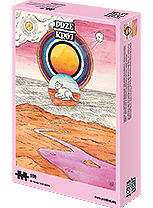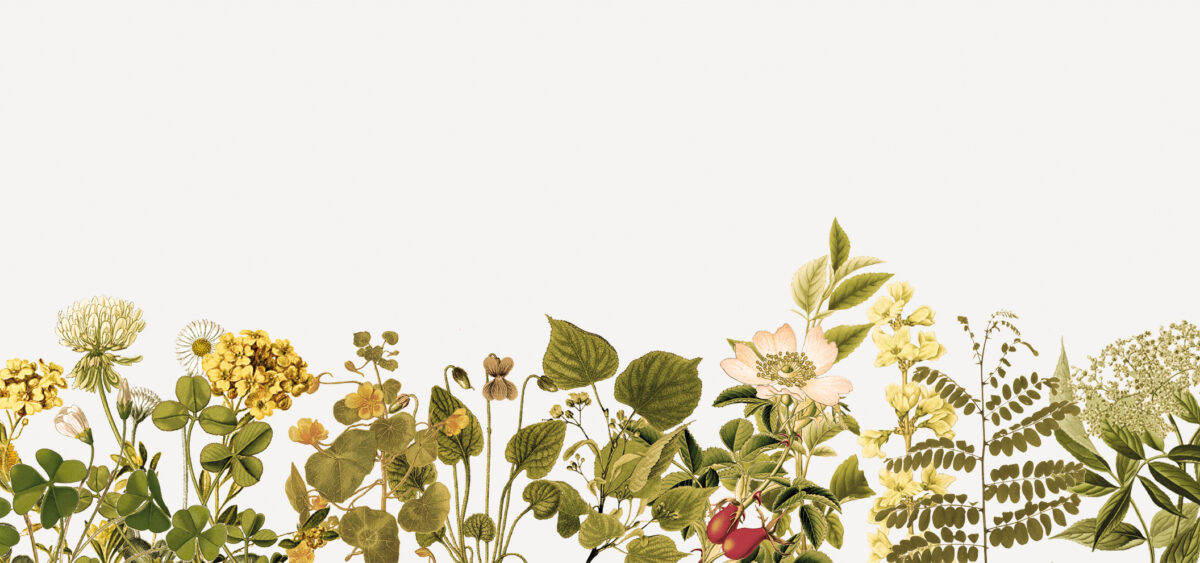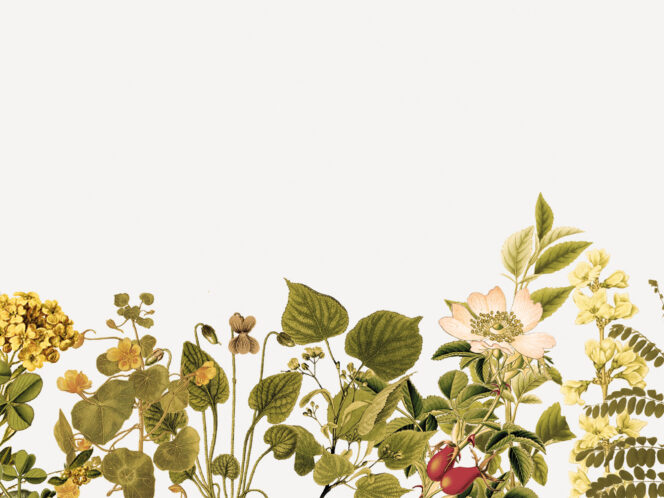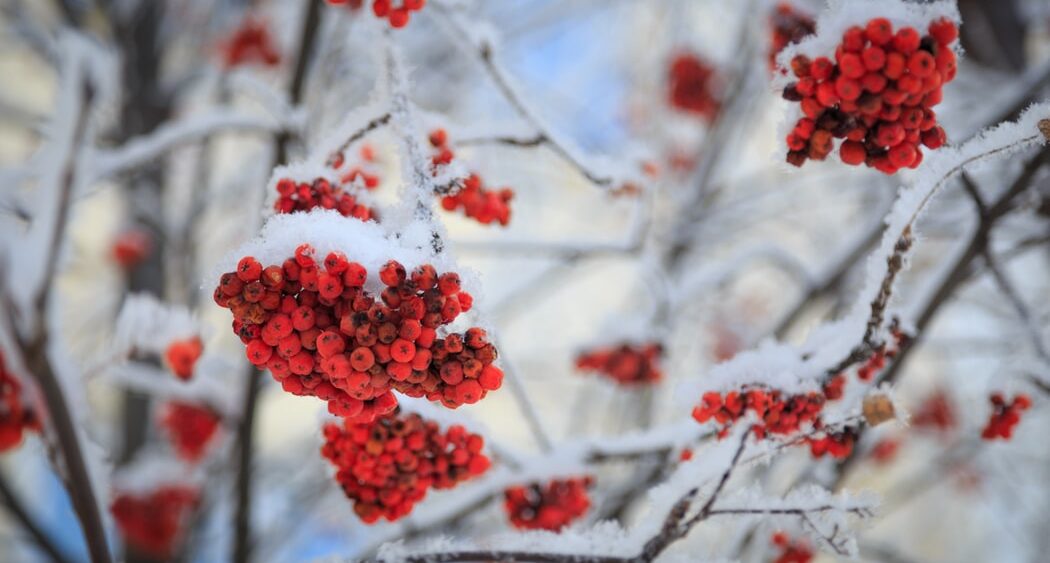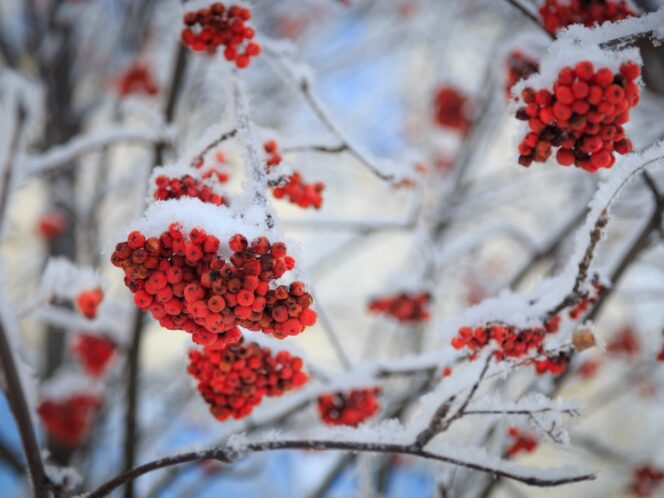
In early spring, forsythia flowers can appear on the menu. Raw. And a little later, pickled daisies, fried roses and ground violets join the table.
The flower is in fact the sex organ of a plant. Its role is reproduction. Note that Syreniusz’s Herbarium (Szymon Syreński, 1540–1611) – the most comprehensive and famous Polish herbarium, published at the start of the 17th century – advises thus: “The swollen male testicles are wrapped in daisy flowers.”
A plant is comprised of roots, stems, leaves, fruits and flowers. Flowers develop and create seeds, from which the next generation grows, and then they die. Eating flowers is quite simply a way of using the whole product and not just some culinary whim. Of course, sometimes part of a plant is inedible or downright poisonous. For example, you can eat Robinia pseudoacacia flowers (also known as black locust or false acacia; the honey that bees make from its flowers is commonly known as acacia honey), but its fruits and leaves are toxic.
Syrup from the housekeeper
You can eat your fill of flowers because they are in fact also commonly-used vegetables, such as cauliflower, broccoli and artichoke. Their culinary usage seems obvious to us. Courgette flowers and pumpkin flowers can be fried (and they taste delicious dipped in batter and deep fried). You can also stuff them with feta cheese or cream cheese, or coat them with breadcrumbs or ground almonds before frying.
Rose water and rose petals are very common in the Middle East and India, but also in Eastern Europe. Ewa Mitowska, owner of the Mitowska Homestead in Sterdyń, Mazovia province, and an authority on the folk


